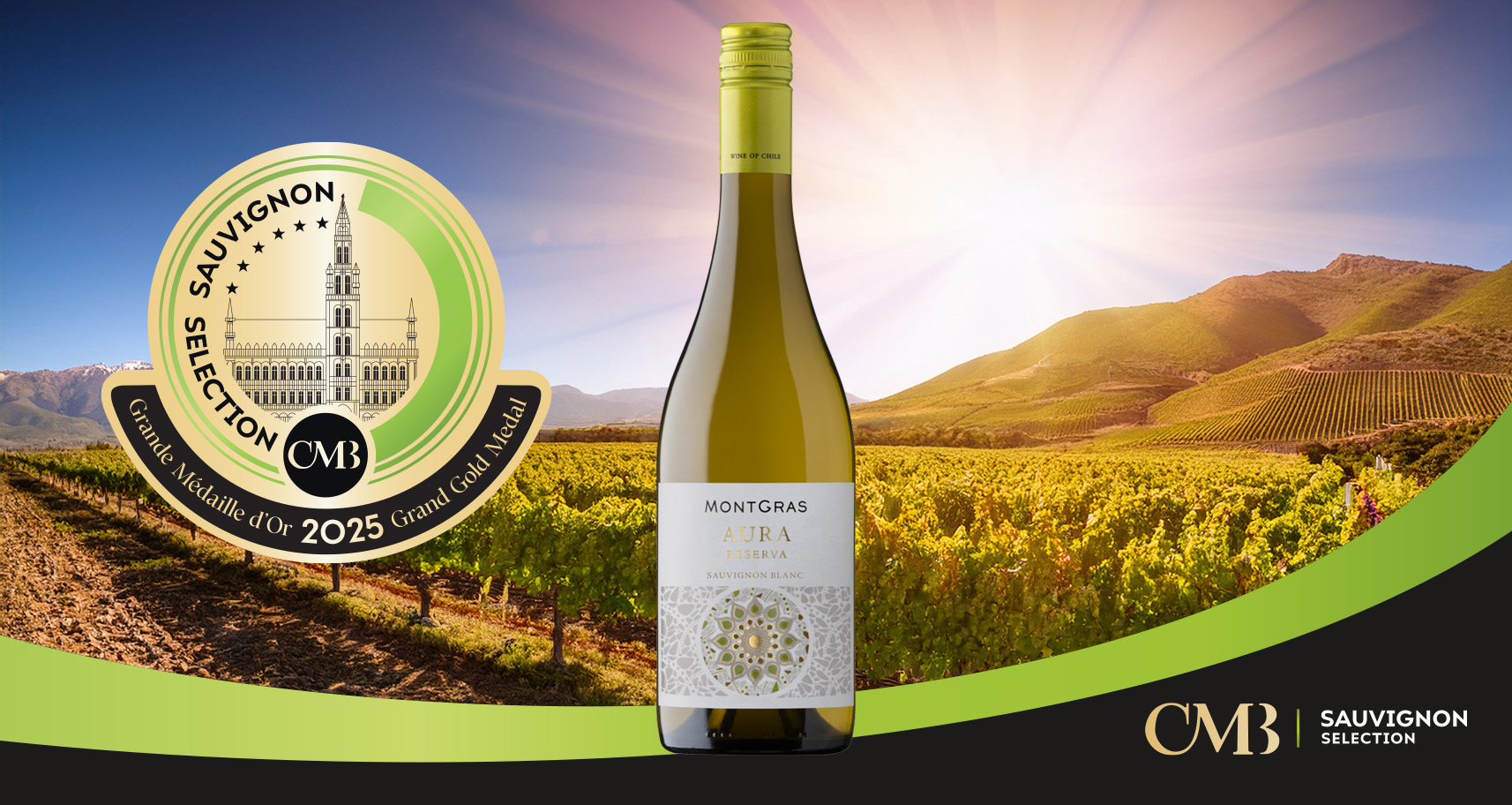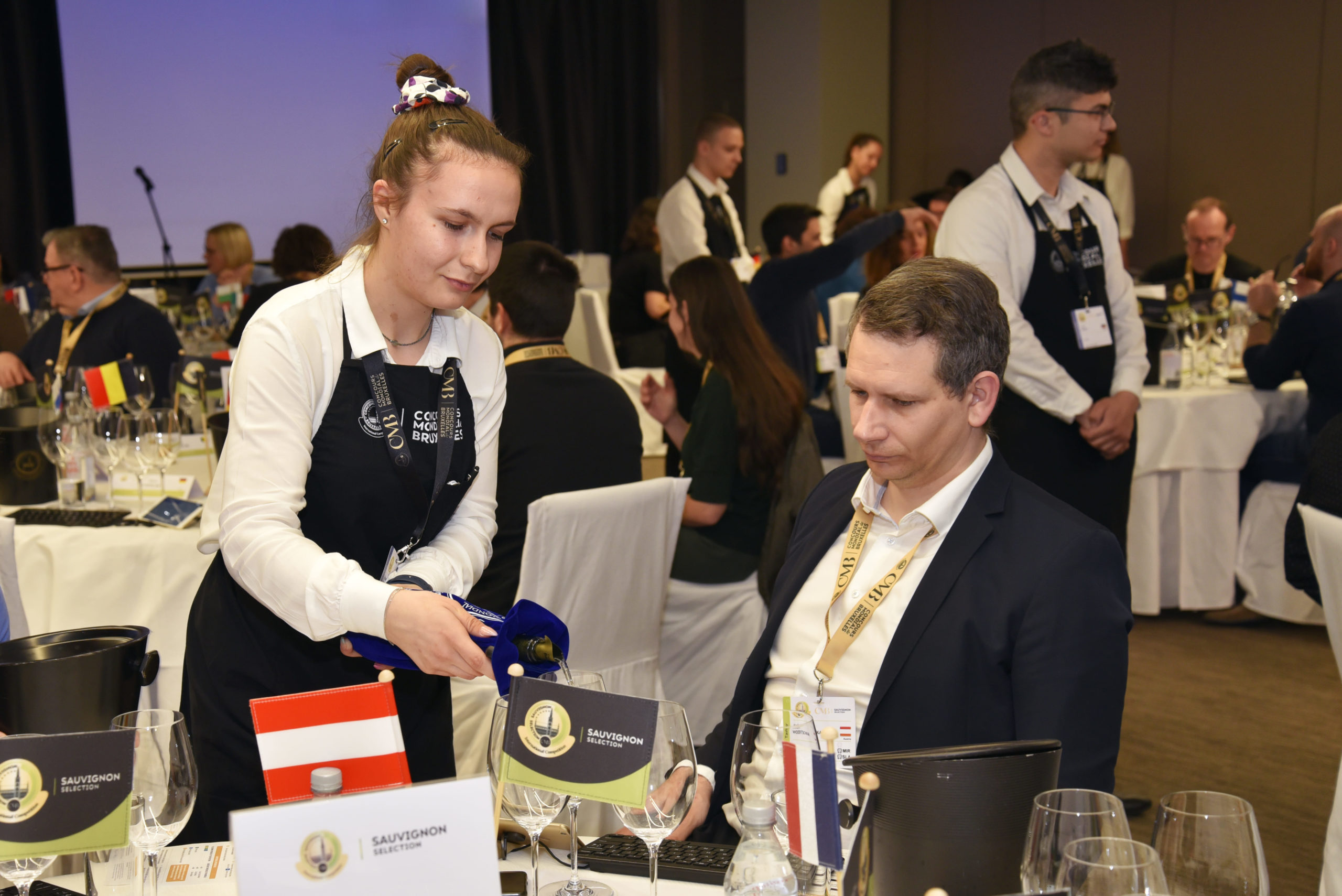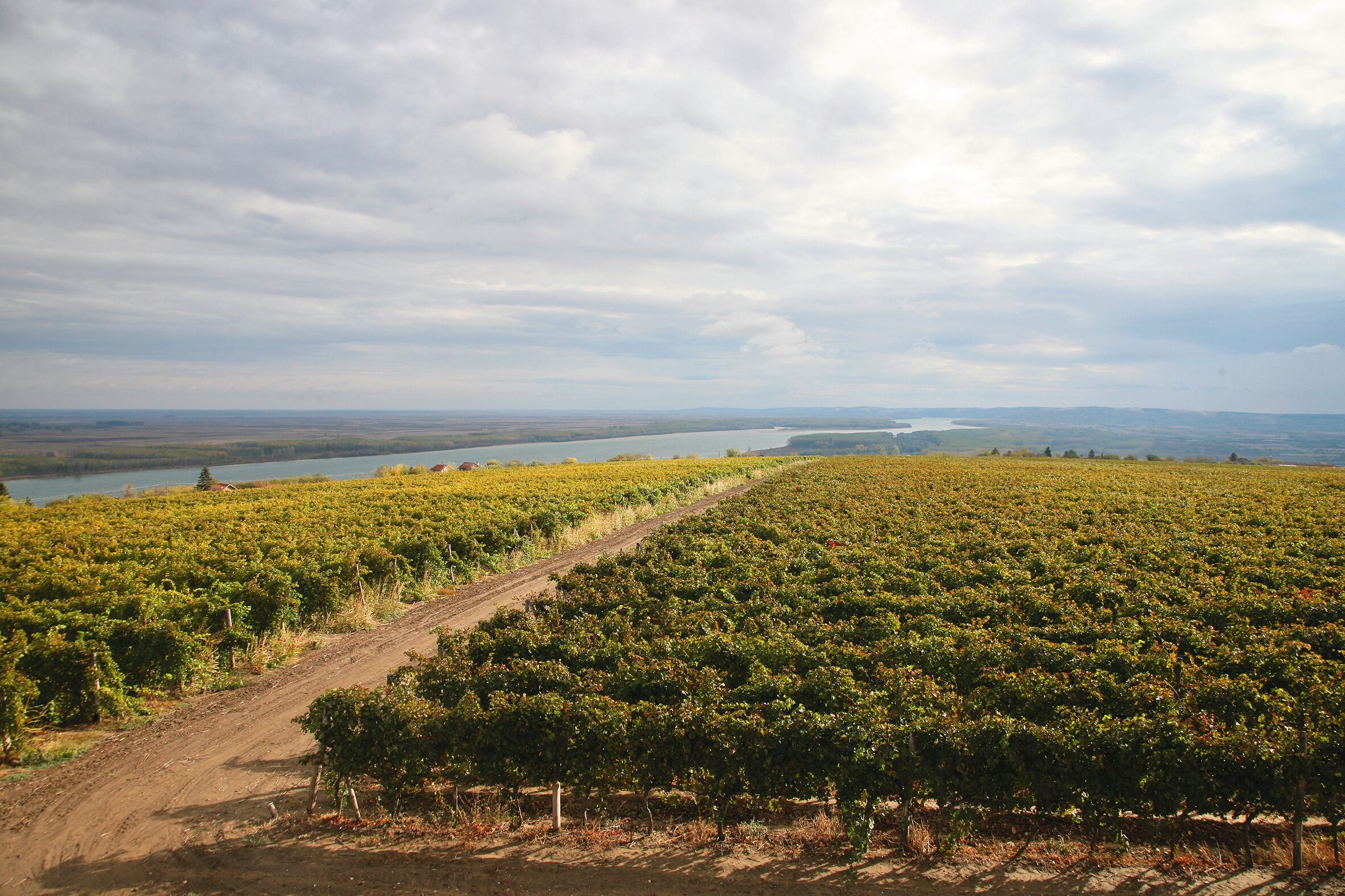Oregon – Sauvignon is destined to win back its rightful place
It’s hard to think of any place in the world – other than Oregon – where Sauvignon Blanc was once upon a time significant, then wasn’t, now is again. Dr Paul White recounts the varietal’s rise and fall in the Pacific Northwest State.
Although current production is tiny, quality is very high, and anyone who knows great Sancerre and Pouilly will instantly recognize Oregon’s potential.
The story starts with a little geography lesson. Burgundy, Alsace and the Loire Valley all sit astride the 47° parallel. Oregon’s main wine region, the Willamette Valley, straddles 45° compared to California’s 34°- 38°. However, any straight numerical comparison of 45° to 47° misses a significant complication. Europe’s regions are more continentally influenced, whereas Oregon’s climate is defined by cool, wet weather sweeping in off the northern Pacific.
Between this maritime influence and the northern latitude’s indirect, late-season sunlight, Oregon is blessed with a long, tapered, well-tempered growing season. The resultant wines display increased aromas, finer structures and higher natural acidity than is usual in southern climates.
The face and feel of their European counterparts
Now let’s add in a little historical background. Oregon was the first New World wine region where winemakers specifically sought to grow northern European grape varieties under similarly cooler conditions. Rejecting California as too warm, pioneering winemakers moved north to Oregon’s virgin land in the 1960s to focus specifically on Pinot Noir.
Noting Pinot’s white companions in Burgundy, Loire and Alsace, they also planted Riesling, Pinot Gris, Chardonnay and Sauvignon Blanc. Oregon’s rainy, colder-than-expected weather soon forced them to adopt traditional European ‘cool climate’ grape growing practices to fully ripen grapes. From the start Oregon wines had the face and feel of their European counterparts.
With all this in mind, let’s return to Oregon Sauvignon’s rise and fall and resurrection.
Declining fortunes
During the 1970s many Oregon wineries made an inexpensive, straightforward, drink-now, Sauvignon style; herbaceous, lean bodied and tart. In cooler years a touch too under-ripe for their own good. But this mattered little because their main purpose was to generate ‘quick turnover’ cash to subsidize the higher cost of growing and maturing Pinot Noir.
Since then, Sauvignon’s fate has been determined by three developments. Firstly, California’s warm climate, Chardonnay-like Fume Blanc style steadily steered consumer tastes away from Oregon’s cooler more herbaceous, Loire-like Sauvignon style. Secondly, during the 1980s Oregon consciously rallied around Pinot Gris as their champion white variety to counter Californian Chardonnay. This eventually created the Pinot Gris/Grigio wave that quickly turned into America’s tsunamic love for this relatively neutral, alternative ‘unoaked’ varietal style. The coup de grace came as Oregon’s Pinot Noir became more profitable and demand far outstretched production. During the 90s and 00s almost all of Sauvignon’s remaining vineyards were converted to red production.
Caught in this perfect storm, Oregon Sauvignon was almost squeezed out of existence.
Greater attention to viticultural management
But since that low point it has rallied back. One factor has been the emergence of New Zealand Savvy’s flamboyant mix of fruit and herbs, which helped open American consumers’ minds to alternatives to Fume Blanc. Perhaps more importantly, a handful of Oregon winemakers realized that great Sauvignon deserved the same grape growing attention that great Pinot Noir requires. Ripeness and concentration are the keys to commanding higher prices. Treating Sauvignon with the same respect commonly shown Pinot has done wonders for the grape’s health.
The new wave of ‘better grown’ Oregon Sauvignons show a wide range of aromatics and flavors. These stretch from lovely, delicate blossoms, to dried herb florals, and onward through the lime, grapefruit, citrus spectrum, often accompanied by a baseline of savory mineral and flint characters. Textures are more dense and linear than Californian Fumes, with less up front concentration, more at the back of palate, always driven by a firm, natural acidity.
A shortage of grapes
Two producers in particular, J Christopher and Patricia Green Cellars, have led the charge in elevating Sauvignon’s status in Oregon.
Patricia Green’s partner, Jim Anderson, spoke with well-justified exasperation that they “could easily sell three times more Sauvignon than they produce, but they simply can’t source enough grapes”. They have “offered to pay upwards of $2500 a ton – the price for decent Pinot Noir – but there simply isn’t any excess sauvignon on the market”. They’ve even “offered to pay farmers to graft Sauvignon on top of Pinot Gris vines – which sells for as low as $500 now – but have no takers yet”.
Green’s basic Sauvignon is patched together from little parcels of vines all over the Willamette Valley mixed with declassified wine from their estate. It offers a fine, crisp Sauvignon style with a pleasing mix of tropical fruitiness and ripe herb florals. Up a notch in quality, their Estate Sauvignon draws exclusively from their own 2 acre vineyard planted in 2001. Older vines from this single vineyard deliver greater density and concentration with aromatics spun more into the mineral spectrum.
Sauvignon poised to win back its rightful place
- Christopher’s Jay Somers, in partnership with Germany’s Ernie Loosen, makes three styles of Sauvignon. He is fortunate enough to draw fruit both from his own dry-grown, intensively farmed vineyard and from Croft, Oregon’s oldest and most famous vineyards.
Blended from various parcels around the Willamette Valley and produced in stainless steel, their entry level wine is tight, linear and direct, accenting fresh citrus fruitiness. A second tier, single vineyard Sauvignon shows denser, more pronounced, concentrated fruit and herbal aromatics, and tastes like quality Sancerre. Their top wine, Uber, draws from Croft Vineyard and is fermented with wild yeast in 500 litre acacia barrels with extended maturation on fine lees. Somers says it “picks up an interesting rice flower note from the acacia”. A big, dense, richly textured, visceral wine with quasi-tropical aromas and firm tannins and acidity, Uber is as fine as sauvignon gets.
Given the high bars that have already been set, it is inevitable that Sauvignon is destined to win back its rightful place in Oregon’s vineyards.


